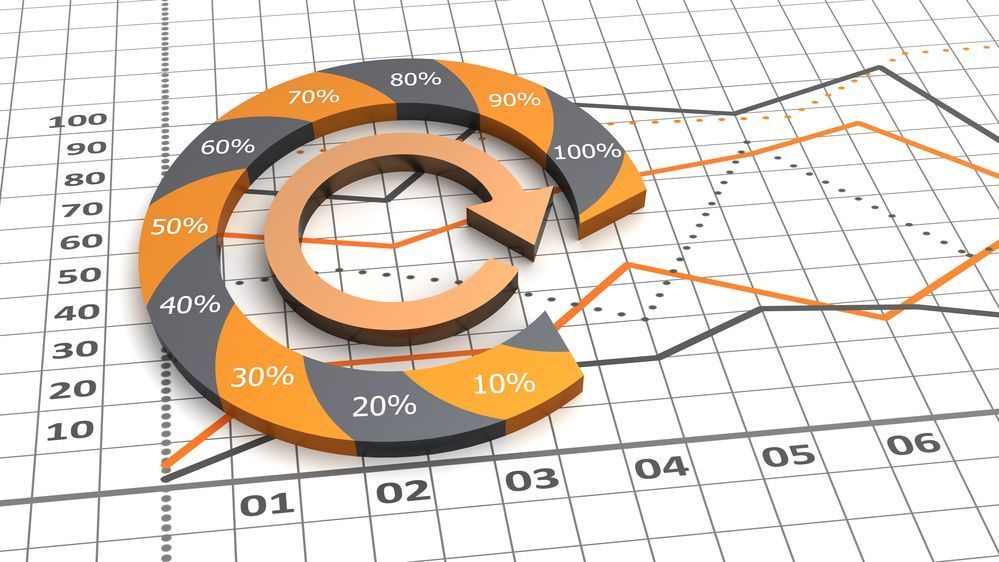O Fed e Trump devem colidir em 2025 – As áreas que podem esperar problemas

As tensões de longa data entre o Presidente dent , Donald Trump, e o Presidente da Reserva Federal, Jay Powell, deverão voltar a ocupar o centro das atenções em 2025, com as políticas económicas e a dinâmica institucional a prepararem o terreno para potenciais confrontos.
Donald Trump, reeleito em novembro de 2024, critica frequentemente Powell. Isto levanta questões sobre como a relação entre a Casa Branca e a Reserva Federal poderá evoluir no próximo ano.
Ao longo de 2024, Trump atacou publicamente a liderança de Powell, argumentando que o dent deveria ter maior influência nas decisões da Reserva Federal. Durante a campanha, Trump afirmou que Powell “entendeu muito errado” e sugeriu que a sua administração poderia reexaminar a independência do Fed.
Gastos do Federal Reserve sob um 'microscópio'
Após a reeleição de Trump, Powell rejeitou vigorosamente os rumores de ser destituído do seu cargo, enfatizando a sua intenção de cumprir o seu mandato, que expira em maio de 2026. No entanto, mesmo que Powell mantenha o seu cargo, os analistas esperam novos atritos entre a administração e a Fed.
O presidente dent nomeou o empresário bilionário Elon Musk e o empresário Vivek Ramaswamy para chefiar o Departamento de Eficiência Governamental (DOGE). A dupla comprometeu-se a rever os gastos federais e os seus planos podem incluir mudanças significativas na Reserva Federal.
Musk recentemente chamou o Fed de “absurdamente excesso de pessoal” em sua plataforma de mídia social X, sugerindo possíveis reduções da força de trabalho.
O Fed está absurdamente com excesso de pessoal
— Kekius Maximus (@elonmusk) 23 de dezembro de 2024
According to a report from Yahoo Finance, the Federal Reserve employs approximately 24,000 individuals across the United States, with 86% of its workforce stationed in regional reserve banks.
The headquarters in Washington, D.C., houses about 3,000 employees. Unlike most federal agencies, the Fed operates independently of taxpayer funding, financing itself through revenue generated by government securities.
Despite its independence, critics do not see the Fed’s operational expenses as insignificant. In 2024, its net operating expenses were budgeted at $7.1 billion, roughly 0.1% of the federal government’s total budget. Historically, the Fed has sent excess revenue to the U.S. Treasury, transferring nearly $1 trillion between 2012 and 2021.
Trump’s economic policies clash with the Fed’s plan
Trump recently announced plans to impose steep tariffs: 10% on imports from China and 25% on goods from Mexico and Canada. These measures, aimed at boosting domestic manufacturing, are projected to have significant economic repercussions.
EY Chief Economist Gregory Daco warned that the tariffs could lead to stagflation, marked by slower economic growth and higher inflation. He estimates that the tariffs would reduce US GDP by 1.5% in 2025 while increasing inflation by 0.4%. Financial market volatility could also follow, adding pressure to an economy already grappling with persistent inflation.
However, not all experts share Daco’s concerns about inflation. Former St. Louis Fed President Jim Bullard, who served during Trump’s first term, argued that the growth-reducing effects of tariffs might offset any inflationary impacts.
“The detriment to the world economy would outweigh any price effects,” Bullard noted, casting doubt on the notion that tariffs alone would drive inflation higher.
Interest rates in question, again
The Federal Reserve’s December 2024 meeting forecasts suggested a cautious path for interest rates. Markets anticipated that the federal funds rate would drop slightly to 3.9% by December 2025, compared to the current target range of 4.25-4.5%.
However, these projections look rather too optimistic given the potential inflationary pressures from Trump’s economic agenda, including tax cuts, tariffs, and immigration policies.
Financial analysts from the Financial Times noted that the Fed’s cautious stance could diverge from the more aggressive rate-cutting strategies of the European Central Bank (ECB) and the Bank of England, further complicating the global economic landscape.
Trump’s economic policies, combined with Musk and Ramaswamy’s cost-cutting initiatives, may pose significant challenges for the Federal Reserve. While the Fed has historically operated with substantial independence, tensions with the White House could test that autonomy.
A Step-By-Step System To Launching Your Web3 Career and Landing High-Paying Crypto Jobs in 90 Days.







